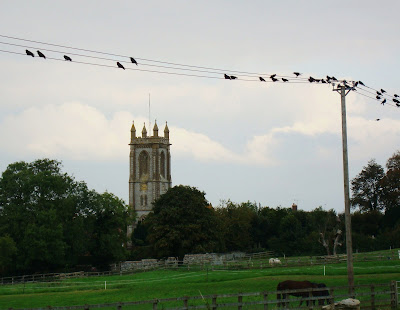 A Victorian postcard showing a floral clock - a specially planted collection of flowers which open and close at different times of the day. The viewer could tell the approximate time by looking to see which flowers were open.
A Victorian postcard showing a floral clock - a specially planted collection of flowers which open and close at different times of the day. The viewer could tell the approximate time by looking to see which flowers were open. ------------
Ring the bells that still can ring
Forget your perfect offering,
There is a crack, a crack in everthing
That's how the light gets in.
Anthem (Leonard Cohen)
-----------
As November closes and we enter the darkest time of the year in the northern hemisphere, some of us hibernate and some of us head south like migrating birds to the sun. I thought, therefore it would be fitting to use this time to reflect on the power of light.
In every religion, however old or recent, light is considered spiritual, sacred and healing. The most ancient mythology has light at its source: Apollo "the Shining One" was the ancient Greeks sun-god, and Re (in its many manifestations) was the same for ancient Egypt. In the prehistoric British Isles, temples of stone were built to the sun, marking the shortest day at winter solstice - the most famous being Stonehenge in Wiltshire.
December is a time to to light candles in our homes and in these dark times (never more metaphorically true that at present). Perhaps this year is the year we step back from the consumerism of our modern way of life and show kindness, friendship and yes, love, to our families, friends and neighbours. A good time to let old grievances slip away and start by forgiving ourselves for any perceived shortfalls ... this act of self acceptance somehow effortlessly radiates outwards to those we care about.
I found this little website about 'festivals of light' at
It closes with the words:
"To remind us that darkness must yield to light. The sun does come back and spring will follow winter"
-------------
This post is for Carl, one of my sons, who lives in Brighton and hasn't had the best of weeks. And for Miles, my other son - who is moving home with his little family next week. Love and light to you both.
.jpg)


